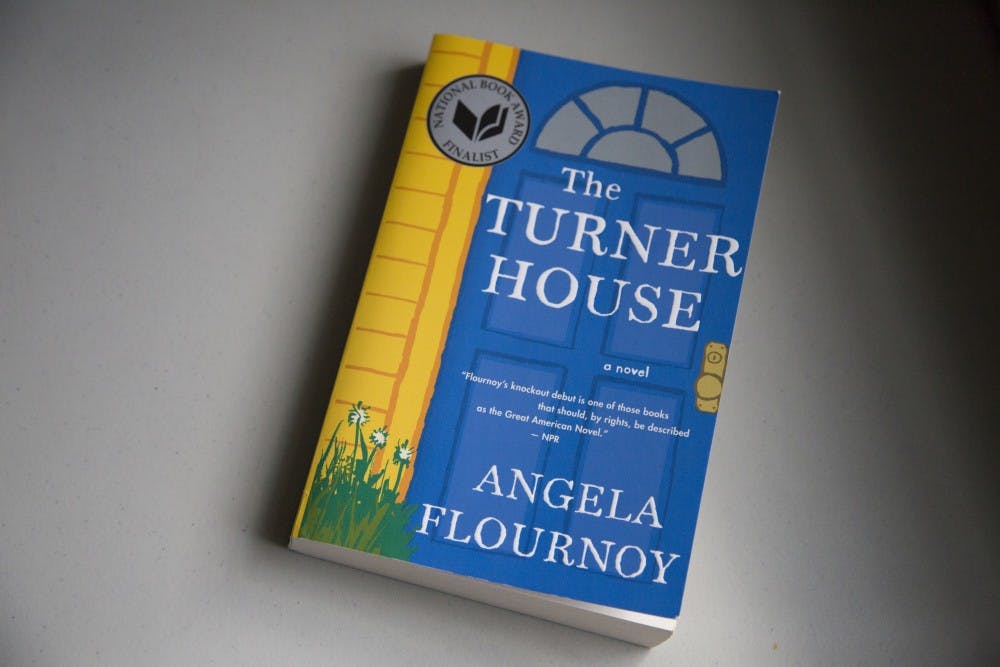Angela Flournoy’s 2015 debut novel, “The Turner House,” is obsessed with obsessions.
The novel follows the struggles of two members from the 13-sibling Turner family and how these problems will define the family’s future. The youngest of the family, Lelah, is addicted to gambling, and her brother Cha-Cha zealously believes a haint, or ghost, nearly killed him in his childhood. All the while, the family can't agree on what to do with their childhood home in Detroit's East Side.
“There ain’t no haints in Detroit,” his father told him. For the rest of his life, Cha-Cha wrestles with the opinion of his dad and what he really saw.
Looming over the family is their dead father and his addiction: drinking. The story alternates between Cha-Cha and Lelah’s modern narrative and the father’s narrative, set in 1940s Detroit. Away from his wife and alone in a new city, he struggles with an affair, finding work and a failed career as a pastor as he tries to draw a life out of the disorientation he finds himself in.
What makes "The Turner House" worth reading is the way Flournoy presents these flawed characters with desires and goals and without moralization.
Lelah’s struggles with gambling only appear in the backdrop of her search for human connection, absent from her relationship with her daughter. A romance blooms with a family friend, giving her a flash of perspective on what it means to be with another person. She struggles not to self-destruct and close herself off as she has with other relationships.
Nor is her addiction presented as something grotesque and distant. Flournoy renders gambling at a roulette table as beautiful and enticing, mathematical:
“...after a while if she didn’t go broke she’d slip into a space of just her and her hands and the chips that she tried to keep under them. A stillness like sleep, but better than sleep because it didn’t bring dreams. She was just a mind and a pair of hands calculating, pushing chips out, pulling some back in and running her thumb along the length of stacks to feel how much she’d gained or lost.”
For younger audiences, "The Turner House" shows how desperate pride in one's own beliefs throughout one's life can mar their perception of reality.
The manner in which Cha-Cha's belief of the haint takes control of him is as devastating as any other addiction. When doubt surfaces in his own mind, he closes it out and begins researching ghosts and paranormality in what becomes a desperate attempt to prove the past happened as he remembers it. This evolves into a frantic fervor that damages his marriage, mental and sexual health and other familial relationships.
Watching Cha-Cha's inner conflict develop and how it manifests itself outwardly — making a move on his therapist or visiting the spot where his father unknowingly urinated on him — makes the story gripping and offers a different perspective of the disillusioned, "crazy" person.
“The Turner House” is a moving practice in empathy. Flournoy defamiliarizes the reader with what addiction and obsession looks like, and every action — moving into an abandoned house, stealing from friends and family, or cheating on a spouse with one's landlord — is accompanied by a sense of understanding and self-imposed loneliness.




